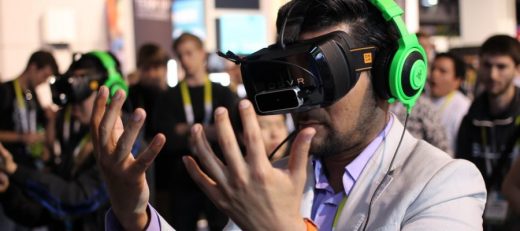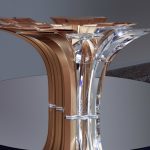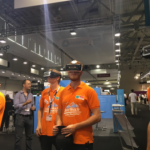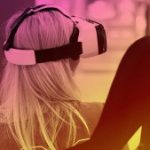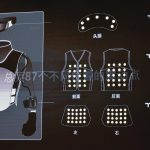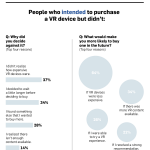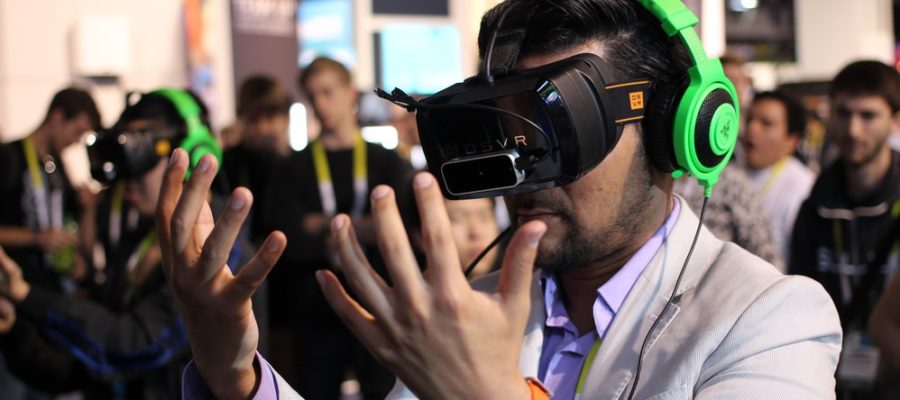What are the unique requirements of public VR?
What are the unique requirements of public VR?

A good treadmill for home use costs around $ 1,000. A treadmill for use in a health club could be ten times more expensive. Why would club owners agree to pay so much more? Because they understand that the home equipment would not withstand the heavy use in a club.
The same is true for VR goggles. Goggles for home use are not suitable for sustained use in arcades and amusement parks. Both VR vendors and attraction operators need to understand and address these differences.
Durability is one key issue. A goggle in an amusement park is subject to both accidental and intentional abuse. A kid might try to see if a lens can pop out. Someone else might wish to take a component as a souvenir.
See also: How VR training apps are becoming reality
Hygiene is also important. VR experiences can be intense, and parks can be in hot and humid areas. Whether it is sweat, suntan lotion or something else, a guest does not wish to wear a soaked or dirty goggle. This is true not only for the face mask, but for any built-in headphones.
Sweat and humidity might also cause fogging on the lenses. If a guest has to take off the goggles to defog them, the break in VR immersion degrades the experience.
Depending on the attraction, visitors can be of all ages. Good physical fit is important, regardless if the visitor is a small kit or a large man. Goggles must accommodate a wide range of head sizes, and eye separation. Eyeglasses also present a design challenge. Visitors prefer to keep them on, so goggle vendors try to make room for them.
Beyond the customer-facing experience, there are important operational considerations. Attractions make money by providing a unique experience to a large number of visitors. Every minute spent by a guest adjusting straps in a roller-coaster, is a minute lost. Some have reported a 30% decrease in guest throughput after upgrading a roller coaster to VR. A larger park crew assisting guests or maintaining headsets means larger operational costs.
There are several different types of public VR experiences, each with unique challenge. A free-roam experience (e.g. Zero Latency) needs to address backpack PCs and controllers. Themed experiences such as The Void have accessories that supplant the story. These accessories have many of the same challenges. A small attraction in a shopping mall cannot afford a large operating crew. A VR roller coaster might need a chin strap to keep the goggles on the head. If a VR roller coaster relies on standard phones, they might overheat or need to recharge often.
Often, the first instinct of those building VR attractions is to do everything. They might try to build their own goggles, create content, or even a tracking system. Over time, they focus on their core competencies, bringing external vendors for everything else.
Testing is a work in progress
The first generation of these solutions show the immense promise of public VR.
VR Coaster, for instance, has deployed GearVR-based roller coaster experiences in over 20 parks. These use a special tracking system to determine the position of each car at any time. The Void and Zero Latency use backpack PCs to allow guests to explore unique spaces. Talon Simulations provides flight and driving simulations in malls. IMAX opened a VR center where guests can try a variety of 10-minute VR experiences. Most of these first-generation solutions use consumer-grade hardware.
Operators realize that many problems still need solutions. At the same time, consumers learn what they like and dislike in current solutions.
HMD vendors are also rising to the challenge. ImmersiON-VRelia has developed phone-based goggles that feature a reinforced plastic construction. Sensics released goggles with detachable face mask to address both hygiene and operational efficiency.
What’s missing? Low-latency wireless video solutions to get rid of cables. Faster ways to adjust goggles for guest. Better methods to clean goggles between guests. Phones that don’t overheat. Multi-user experiences with a stronger social aspect. The passage of time to see what works and what doesn’t. VR standards to help integrate new devices into compelling experiences.
I am excited what public VR experiences could be. My excitement comes both from a user standpoint – these experiences are fun! – and also from a problem-solver view – the problems are challenging.
Try these experiences next time you can. Going to a movie theater provides a different experience than watching at home. Going through a good public VR experience is beyond what VR at home provides.

This article is part of our Virtual Reality series. You can download a high-resolution version of the landscape featuring 431 companies here.
The post What are the unique requirements of public VR? appeared first on ReadWrite.
(49)

